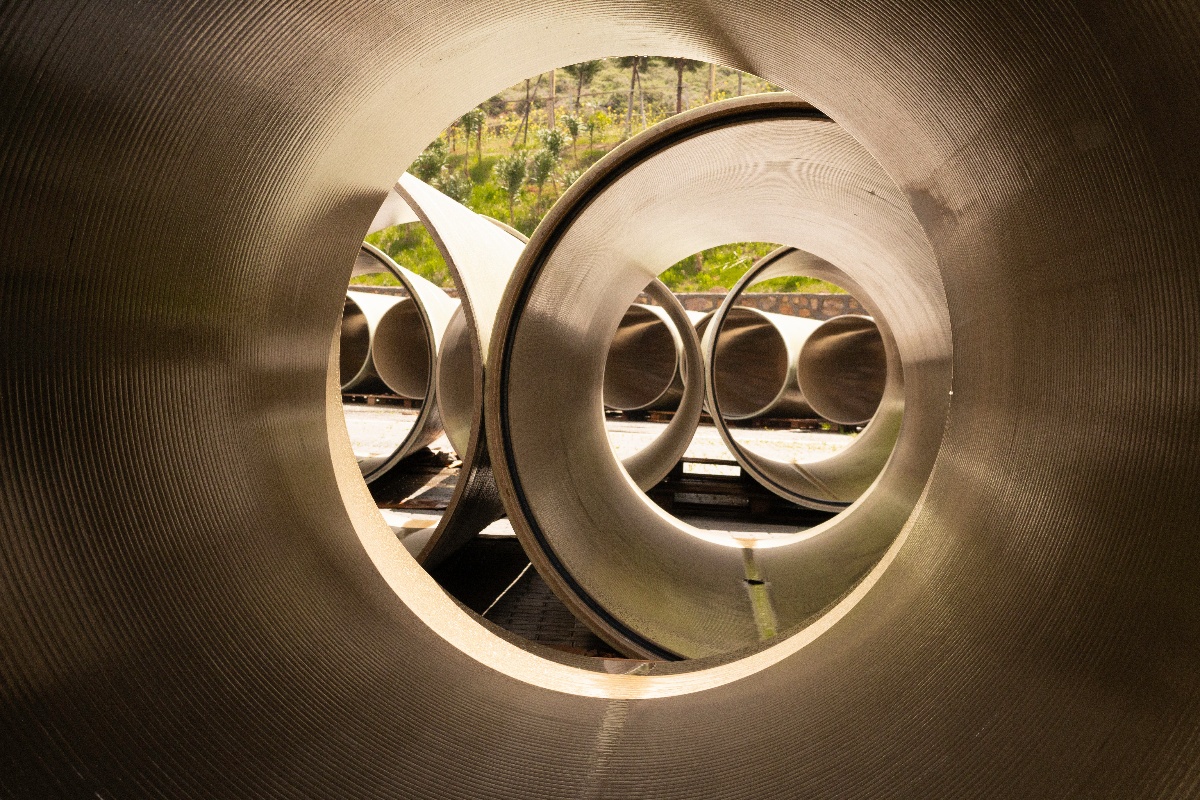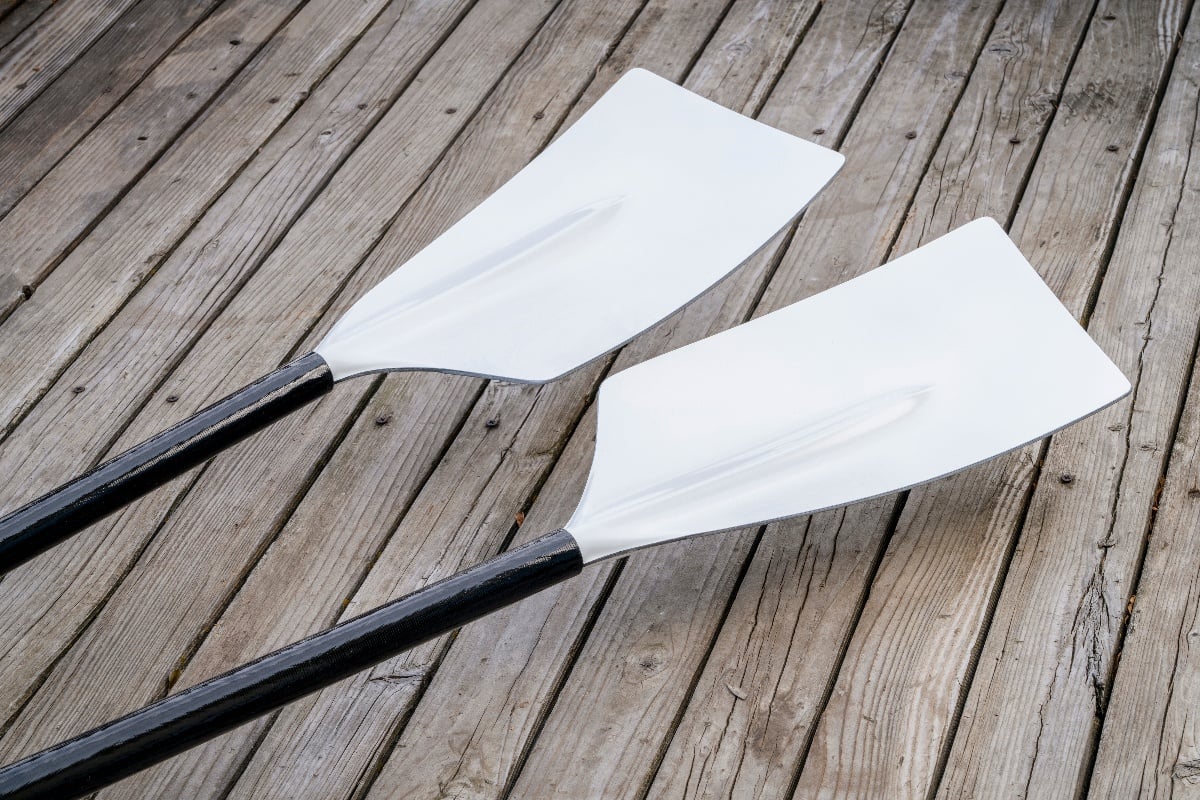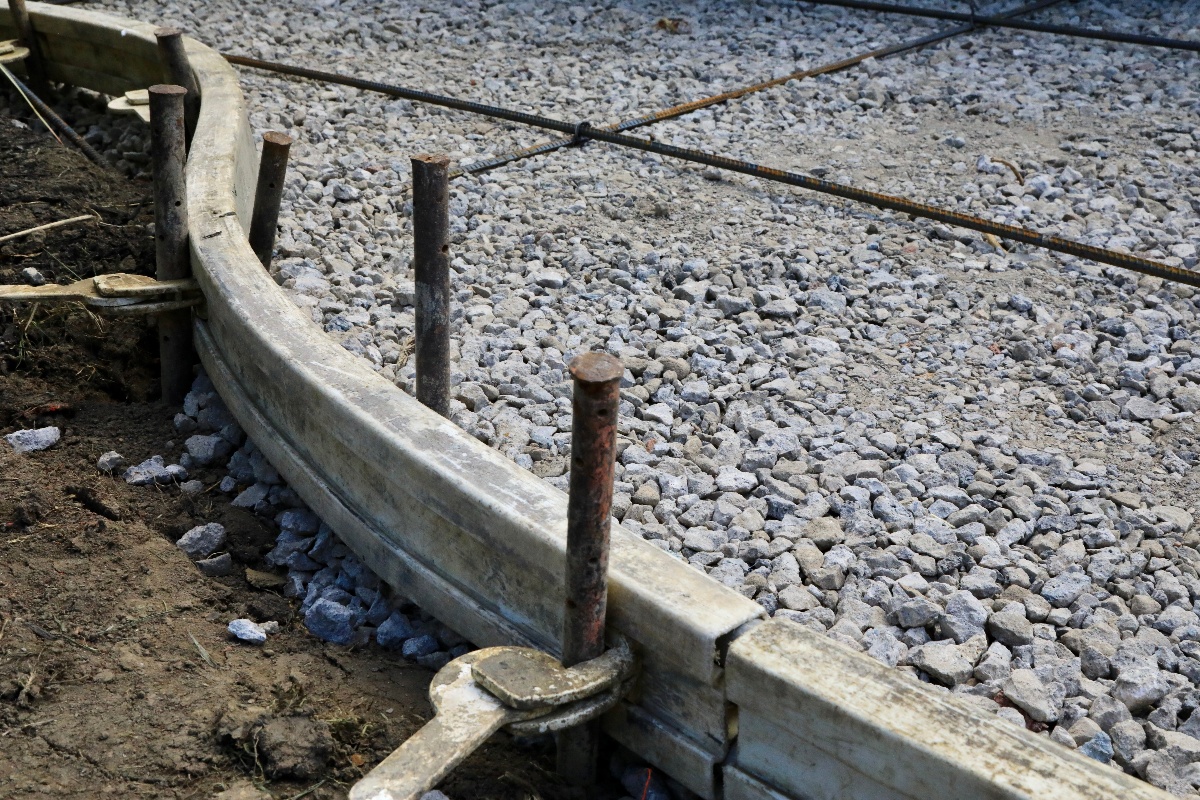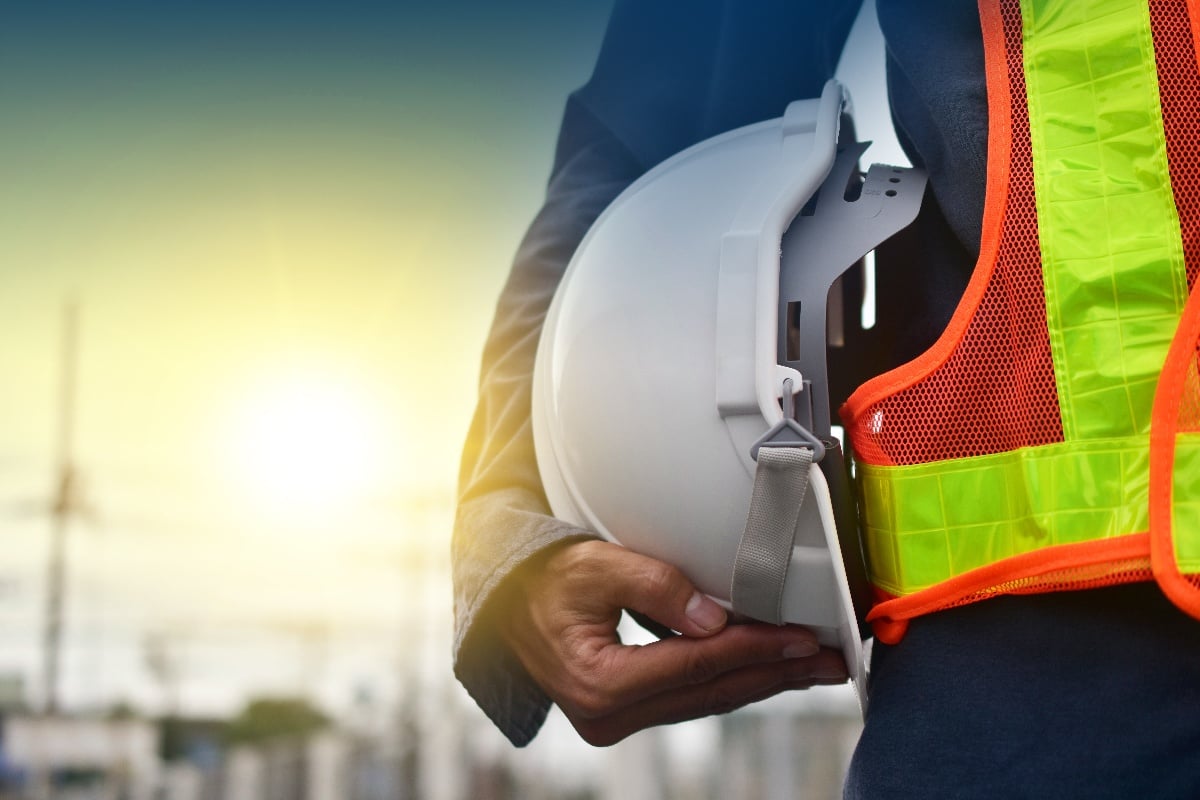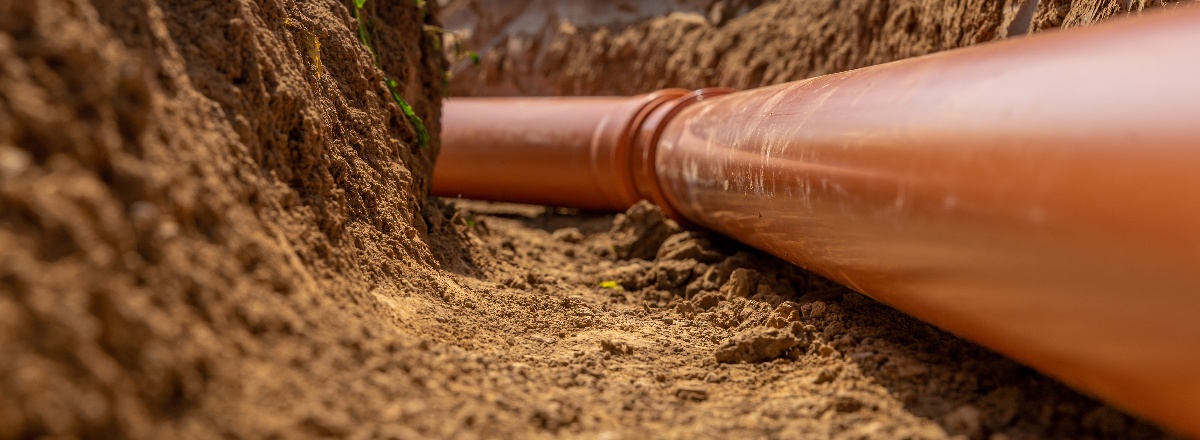Harness and parachute systems play a critical role in aviation, military operations, rescue services, and recreational activities. The harnesses worn by pilots, soldiers, rescue workers, and recreational enthusiasts as well as the structural frames of parachutes are vital components that directly impact safety and performance.
Designing robust, reliable harness and parachute components requires careful consideration of factors such as load distribution, ergonomics, safety features, weight constraints, and the operating environment. Additionally, appropriate selection of materials based on properties including strength, flexibility, and durability is key to component performance. Materials must withstand substantial forces upon parachute deployment as well as exposure to moisture, UV radiation, abrasion, and wide temperature fluctuations.
By analyzing expected loads, stresses, and environmental conditions, as well as tailoring components and materials to meet demanding requirements, harness and parachute systems can function dependably in high-risk situations. This article will explore key design considerations for these critical components and discuss material properties necessary to ensure safety and effectiveness under the most challenging real-world conditions.
Overview of Harness and Parachute Systems
Harness systems are comprised of straps, buckles, rings, hooks, padding, and other components that securely attach a person to a parachute, hang glider, or other device. They distribute forces across the body and provide a structural connection point to the parachute or gliding apparatus.
Well-designed harnesses tightly yet comfortably fit the user while enabling freedom of movement. Key components include chest, leg, and shoulder straps padded for comfort and constructed from durable woven materials like nylon webbing. Quick-release systems and adjustable straps allow customization.
Parachute frame components provide the supporting architecture connecting the canopy to the harness. These include tape and reinforcement fabrics, suspension lines, risers, and a connector link to the harness. Round or square parachutes utilize an apex at the top where suspension lines converge. Rectangular and ram-air designs employ a network of fabric ribs and cells.
The choice of frame design depends on the intended use. Military and cargo parachutes prioritize durability, while sports parachutes favor maneuverability. Frame materials must balance lightweight properties and structural integrity to withstand opening shocks exceeding 10 Gs.
Design Considerations for Harness and Parachute Frame Components
Creating safe, functional harness and parachute systems requires comprehensively evaluating expected loads, ergonomics, safety factors, and size constraints to arrive at robust, optimized designs.
Load distribution and stress analysis
Substantial shock, inertia, wind, and body weight loads occur during parachute deployment and descent. The opening shock at inflation can briefly exert over 10Gs of force. Descent loads depend on the canopy size, flying conditions, and weight but often exceed 300kg. Concentrated forces can tear fabric or break components.
Careful design distributes loads evenly over strap surfaces and structural connections using reinforcement tapes, webbing, and diagonal bracing. Load paths should avoid bending lightweight components like buckles and rings. Sewing, melting, or riveting webbing straps enhance strength.
Advanced stress analysis with finite element models identifies failure points so reinforcements can target high-load areas. This allows for minimizing excess weight while preventing overload failures. Shock cords also help absorb opening shocks.
Ergonomics and comfort
As user-worn equipment, optimizing fit and comfort increases safety by allowing full freedom of movement and responsive control. A poorly fitted harness can restrict the wearer or produce skin chafing.
Adjustable straps, swivel joints, and padded sections customize the harness to the individual user's body shape and size. Smooth, rounded edges increase comfort where the harness contacts the body. Optimized strap angles reduce pressure points.
Safety features and redundancy
Quick-release harnesses allow jettisoning components in an emergency. Reserve parachutes provide last-resort safety from main canopy failures. These backup systems are critical for risk mitigation.
Redundant load paths with alternate structural members bolster reliability so failure of one component does not catastrophically fail the entire system. This is achieved by duplicating critical suspension lines, using multiple anchor points, and reinforcing high tensile sections.
Size and weight constraints
The overall harness and parachute system must balance durability with a compact, lightweight design for maneuverability and to minimize impact forces. Excess size or weight impedes movement and control.
High-strength woven synthetics like Kevlar, Vectran, and HMPE fibers satisfy strength requirements with minimum weight penalty compared to metal components. However, designers must consider bulk and stiffness.
By holistically addressing these varied design factors, harnesses and parachutes can safely function under substantial stresses. Thorough analysis guides design optimization for real-world conditions.
Material Properties for Harness and Parachute Frame Components
The materials used for harness straps, parachute suspension lines, and structural connectors are critical for strength, durability, and resilience under demanding conditions.
Strength and durability of frame components
Exceptionally high strengths are necessary for load-bearing members to provide adequate safety factors and prevent mechanical failures leading to collapse. At the same time, harnesses remain flexible for comfort and control.
Environmental resistance of frame components
The parachute canopy and supporting components endure exposure to moisture, ultraviolet radiation, temperature swings from -20°F to 120°F, abrasion, and dirt. This degrades components over time. Protective coatings, specialized treatments like annealing, and regular maintenance help maximize service lifetime. Periodic inspection for wear, UV damage, and line degradation is essential.
Selecting or engineering materials that combine high strength, flexibility, and environmental resilience is crucial for reliable long-term performance of parachutes and harnesses under extreme conditions. Redundancy in critical components also prevents isolated material failure from compromising safety.
Fiberglass Reinforced Plastic
Advanced composite materials like fiberglass reinforced plastic (FRP) have promising characteristics for harness and parachute component applications. FRP consists of glass fibers embedded in a polymer resin matrix. The components leverage strengths of each material—the hardness and durability of fiberglass combined with the flexibility and lightness of plastics.
Strength and Reliability
The reinforcing glass strands provide exceptional tensile and compressive strength on par with metals to withstand shock loads. High strength-to-weight ratio minimizes excess mass. The diversity of glass/resin combinations allows tuning material properties. Integrally woven fabric creates seamless parts.
Environmental Resistance
Glass fibers and thermoset resins present good environmental stability. FRP exhibits outstanding corrosion resistance when compared to metals, retaining mechanical properties through temperature extremes, moisture, and UV exposure. With surface preparations, FRP withstands abrasion and resists dirt accumulation.
Customization
Composite FRP materials can be fabricated into complex, seamless shapes with molded interior contours for comfort. Low tooling costs and short lead times enable designers to rapidly iterate prototypes when optimizing harness and parachute components.
Cost Savings
While initial material cost may exceed metals, FRP lifecycle savings result from durability with little maintenance. Light weight also reduces operating costs. Composite manufacturing streamlines labor-intensive machining and assembly of complex components.
As parachuting demands grow more extreme, purpose-built composite materials like FRPs present an innovative path to strengthen future harness and parachute systems.






